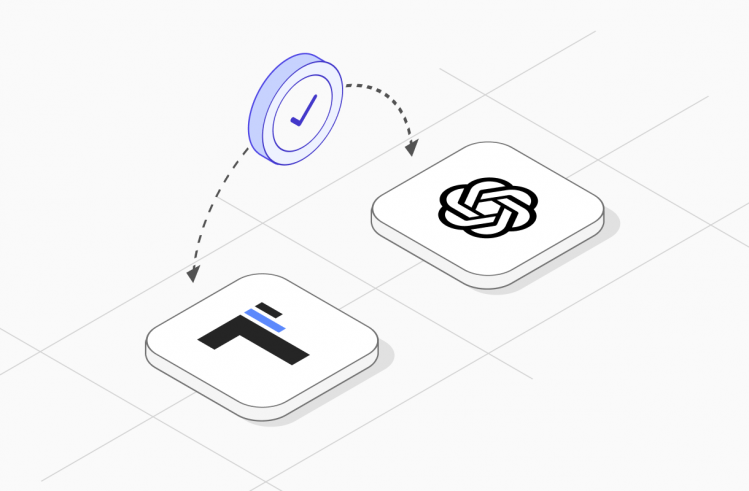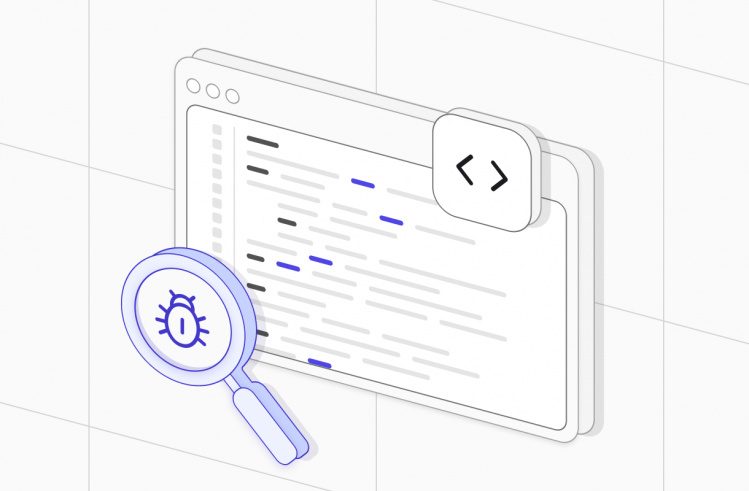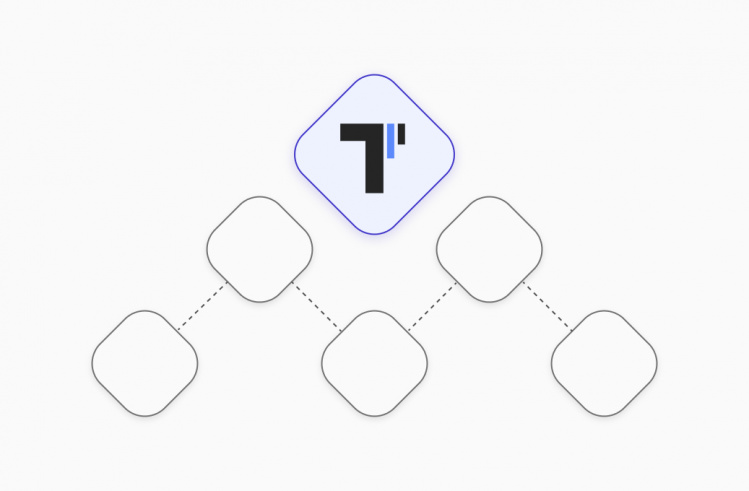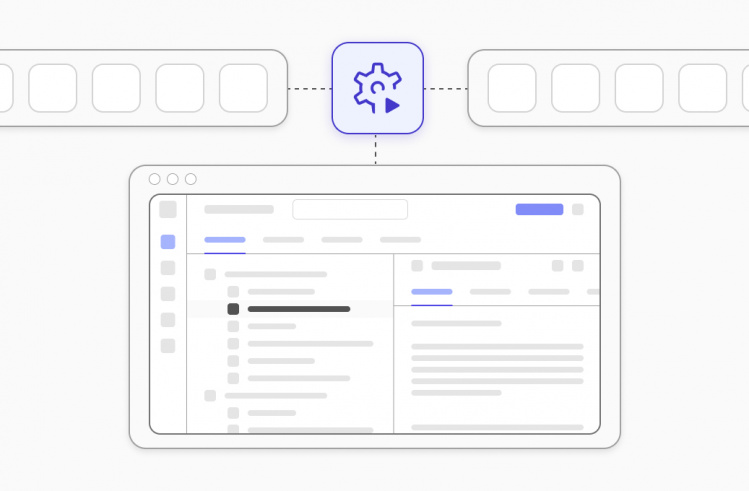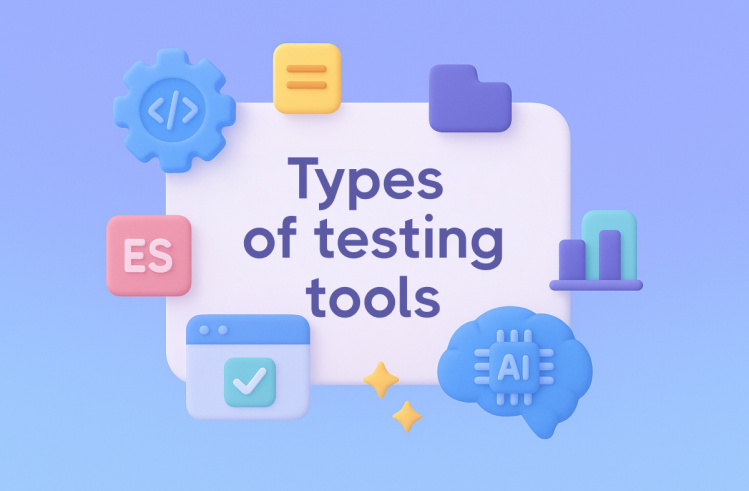Are you tired of feeling frustrated and overwhelmed when developing software? Do you wish there was a way to ensure that your code is correct and meets the requirements of the system, while also collaborating with stakeholders and other members of the development team? If so, continue reading.
Test-driven development (TDD) and acceptance test-driven development (ATDD) are two popular approaches to software testing that are commonly used in the software development process. Both methods involve writing tests before writing code, but there are some key differences between the two approaches.
TDD is a software development process in which developers write tests for small units of code before writing the code itself. The goal of TDD is to ensure that the code being written is correct and meets the requirements specified in the tests. TDD typically involves writing tests at the unit level, which means that tests are written to verify the behavior of individual units of code.
ATDD, on the other hand, is a software development process in which developers write acceptance tests before writing code. Acceptance tests are designed to verify that the software meets the needs and requirements of the users. ATDD involves writing tests at the acceptance level, which means that tests are written to verify that the software performs as expected from the user’s perspective.
One key difference between TDD and ATDD is the level at which tests are written. TDD focuses on testing small units of code, while ATDD focuses on testing the overall functionality of the software from the user’s perspective. This means that ATDD tests are typically more high-level and involve testing the entire system, rather than just individual units of code.
TDD example in Python:
# Test for a simple function that adds two numbers
def test_add_two_numbers():
assert add(2, 3) == 5
assert add(-2, 3) == 1
assert add(2, -3) == -1
assert add(-2, -3) == -5
# Function to add two numbers
def add(a, b):
return a + b
ATDD example in Python:
# Test to verify that the login feature is working as expected
def test_login():
# Navigate to the login page
driver.get('http://example.com/login')
# Enter the username and password
username_field = driver.find_element_by_id('username')
password_field = driver.find_element_by_id('password')
username_field.send_keys('testuser')
password_field.send_keys('testpassword')
# Click the login button
login_button = driver.find_element_by_id('login_button')
login_button.click()
# Verify that the user is redirected to the dashboard page
assert driver.current_url == 'http://example.com/dashboard'
Another difference between the two approaches is the focus of the tests. TDD tests are focused on verifying the behavior of individual units of code, while ATDD tests are focused on verifying that the software meets the needs and requirements of the users. This means that ATDD tests are often more complex and involve testing multiple units of code in combination.
In terms of the benefits of each approach, TDD is often seen as a way to ensure that code is correct and meets the specified requirements. It can also help developers identify problems early in the development process, which can save time and resources in the long run. ATDD, on the other hand, is often seen as a way to ensure that the software meets the needs and requirements of the users. It can also help developers understand the user’s perspective and build software that is more user-friendly.
TDD process
The complexity of implementing TDD is the need to continually write and run tests as the code is being developed. This requires a significant time investment and can be difficult to coordinate if the development team does not have a strong understanding of the coding process. It can also be challenging for development teams that do not understand coding to keep track of the various tests that have been written and ensure that they are all being run correctly.
The TDD process involves the following steps:
- Write a test: The first step in the TDD process is to write a test for a small unit of code. This test should specify the behavior that the unit of code should exhibit. Example:
# Test for a function that calculates the area of a triangle def test_calculate_area(): assert calculate_area(3, 4, 5) == 6 assert calculate_area(6, 8, 10) == 24 assert calculate_area(12, 16, 20) == 96 - Run the test: The next step is to run the test. At this point, the test should fail because the code being tested has not yet been implemented.
- Write the code: After the test has been written and run, the next step is to write the code being tested. The code should be written in a way that meets the requirements specified in the test. Example:
# Function to calculate the area of a triangle def calculate_area(a, b, c): s = (a + b + c) / 2 return (s*(s-a)*(s-b)*(s-c)) ** 0.5 - Run the test again: Once the code has been implemented, the test should be run again to verify that the code meets the requirements specified in the test.
- Refactor the code: If the test passes, the code can be refactored to improve its design or structure without changing its functionality. Example:
import math def calculate_area(a: float, b: float, c: float) -> float: s = (a + b + c) / 2 area = s * (s - a) * (s - b) * (s - c) return math.sqrt(area)The refactored function uses the
math.sqrtfunction to calculate the square root of the product, rather than using the exponentiation operator (**). This can be more efficient and easier to read.It’s important to note that the refactored code should not change the behavior of the function. It should still pass the tests that were written earlier in the TDD process.
- Repeat the process: The TDD process is iterative, so the steps of writing a test, running the test, writing the code, and running the test again should be repeated for each unit of code being developed.
Overall, the TDD process involves a cycle of writing tests, writing code, and running tests to ensure that the code being developed is correct and meets the specified requirements. It is a way to ensure that code is correct and can help developers identify problems early in the development process.
TDD use cases and workflows
TDD approach is useful for ensuring that the software meets the needs and requirements of the users, as well as for facilitating collaboration among multiple parties involved in the development process. ATDD is often used in agile development, as it allows the development team to focus on small increments of functionality and quickly iterate on the software as the requirements evolve. It is particularly useful for customer-facing software, as it helps ensure that the software meets the needs and expectations of these users.
- Complex software with many requirements: TDD is well-suited for projects with a large number of requirements, as it helps ensure that all of the requirements are being met and that the software is functioning correctly.
- Agile development: TDD is often used in agile development, as it allows the development team to focus on small increments of functionality and quickly iterate on the software as the requirements evolve.
- Projects with frequent updates or changes: TDD helps ensure that the code remains stable and reliable despite frequent updates or changes.
- High-reliability software: TDD is particularly useful for software that requires a high level of reliability, such as software used in critical systems or safety-critical applications.
ATDD process
Implementing ATDD typically involves working with a variety of stakeholders, such as business analysts or product managers, who may have different perspectives on the software being developed. Coordinating with these stakeholders to ensure that the acceptance criteria and acceptance tests accurately reflect the needs and requirements of the users can be challenging.
The ATDD process involves the following steps:
- Define acceptance criteria: The first step in the ATDD process is to define the acceptance criteria for the software being developed. This involves identifying the specific needs and requirements of the users and documenting them in the form of acceptance criteria. Example acceptance criteria:
- The user should be able to search for any keyword using the Google search feature
- The search results should be relevant to the keyword that was searched
- The search results should be displayed in a clear and organized manner
- Write acceptance tests: Once the acceptance criteria have been defined, the next step is to write acceptance tests. These are tests that are designed to verify that the software meets the acceptance criteria. Acceptance tests should be written in a way that is easily understandable by both developers and stakeholders, such as business analysts or product managers. Example acceptance test:
# Test to verify that the Google search feature is working as expected def test_google_search(): # Navigate to the Google search page driver.get('https://www.google.com') # Enter a keyword in the search field search_field = driver.find_element_by_name('q') search_field.send_keys('testomat.io') # Click the search button search_button = driver.find_element_by_name('btnK') search_button.click() # Verify that the search results are relevant to the keyword search_results = driver.find_elements_by_css_selector('.r') for result in search_results: assert 'testomat.io' in result.text.lower() # Verify that the search results are displayed in a clear and organized manner assert len(search_results) > 0 assert driver.find_element_by_id('result-stats') is not None - Implement code: After the acceptance tests have been written, the development team can begin implementing the code. The code should be implemented in a way that meets the acceptance criteria and passes the acceptance tests. Some Python example:
import requests class GoogleSearch: def __init__(self): self.results = [] def search(self, keyword): # Send a GET request to the Google search API url = 'https://www.google.com/search?q={}'.format(keyword) response = requests.get(url) # Extract the search results from the response self.results = extract_results_from_response(response) def get_results(self): return self.results def get_result_count(self): return len(self.results) def extract_results_from_response(response): # Extract and return the search results from the response results = [] # Add code here to parse the response and extract the search results return results - Run acceptance tests: As the code is being developed, the acceptance tests should be run regularly to ensure that the software is meeting the acceptance criteria. If a test fails, it indicates that the software is not meeting the acceptance criteria and needs to be modified.
- Review and sign-off: Once all of the acceptance tests have been successfully passed, the software is ready for review and sign-off. This step involves reviewing the software to ensure that it meets the acceptance criteria and is ready for release.
Overall, the ATDD process involves a collaborative effort between developers, stakeholders, and other members of the development team to ensure that the software meets the needs and requirements of the users. It is an iterative process that involves regularly running acceptance tests and modifying the software as needed until all of the acceptance criteria have been met.
ATDD use cases and workflows
ATDD approach is useful for ensuring that the software meets the needs and requirements of the users, as well as for facilitating collaboration among multiple parties involved in the development process. ATDD is often used in agile development, as it allows the development team to focus on small increments of functionality and quickly iterate on the software as the requirements evolve. It is particularly useful for customer-facing software, as it helps ensure that the software meets the needs and expectations of these users.
- Complex software with many requirements: ATDD can help ensure that all of the requirements are being met and that the software is meeting the needs of the users.
- Collaborative development: ATDD involves collaboration between developers, stakeholders, and other members of the development team.
- Agile development: ATDD allows the development team to focus on small increments of functionality and quickly iterate on the software as the requirements evolve.
- Customer-facing software: ATDD is particularly useful for software that will be used by customers or end users, as it helps ensure that the software meets the needs and expectations of these users.
TDD vs ATDD Pros and Cons
Both TDD and ATDD can be useful approaches for software development, depending on the specific needs and constraints of the project. It is important to carefully evaluate the pros and cons of each approach and choose the one that best fits the needs of the project.
Pros of TDD:
- Helps catch errors and defects early in the development process, reducing the time and effort required to fix them
- Breaks the development process down into smaller, more manageable chunks
- Helps ensure that the code is correct and meets the requirements of the system
Cons of TDD:
- Can be time-consuming, as it requires writing and running tests before implementing new functionality
- Can be difficult to implement in situations where the requirements are complex or constantly changing
Pros of ATDD:
- Involves collaboration between developers, stakeholders, and other members of the development team
- Helps ensure that the software meets the needs and expectations of the users
- Allows for rapid iteration on the software as the requirements evolve
Cons of ATDD:
- Can be time-consuming, as it requires writing and running acceptance tests before implementing new functionality
- Can be difficult to implement in situations where the requirements are complex or constantly changing
Summary
Learning TDD and ATDD can be a challenging process, but it is well worth the effort. To get started, you might consider taking a course or workshop on the subject, or reading books or online articles to familiarize yourself with the concepts. As you continue to learn and practice TDD and ATDD, you will develop a deeper understanding of the approaches and how to apply them in your work. With time and practice, you will become proficient in these approaches and be able to use them to deliver high-quality software that meets the needs of your users.
To learn advanced tips and tricks for TDD and ATDD, you might consider the following:
- Attend conferences or workshops on TDD and ATDD. These events often feature presentations and talks by experts in the field, as well as hands-on workshops and exercises to help you learn and practice the approaches.
- Pair program with experienced TDD and ATDD practitioners. This can provide a valuable opportunity to learn from someone who has practical experience with the approaches, and can help you develop your skills and knowledge more quickly.
- Practice, practice, practice! The more you work with TDD and ATDD, the more comfortable and proficient you will become. Consider setting aside time each week to practice the approaches on small projects or exercises, and don’t be afraid to ask for help or feedback from others as you learn.
Overall, both TDD and ATDD are valuable approaches to software testing that can help developers build high-quality software. The key is to choose the approach that best fits the needs of your project and your development team.

